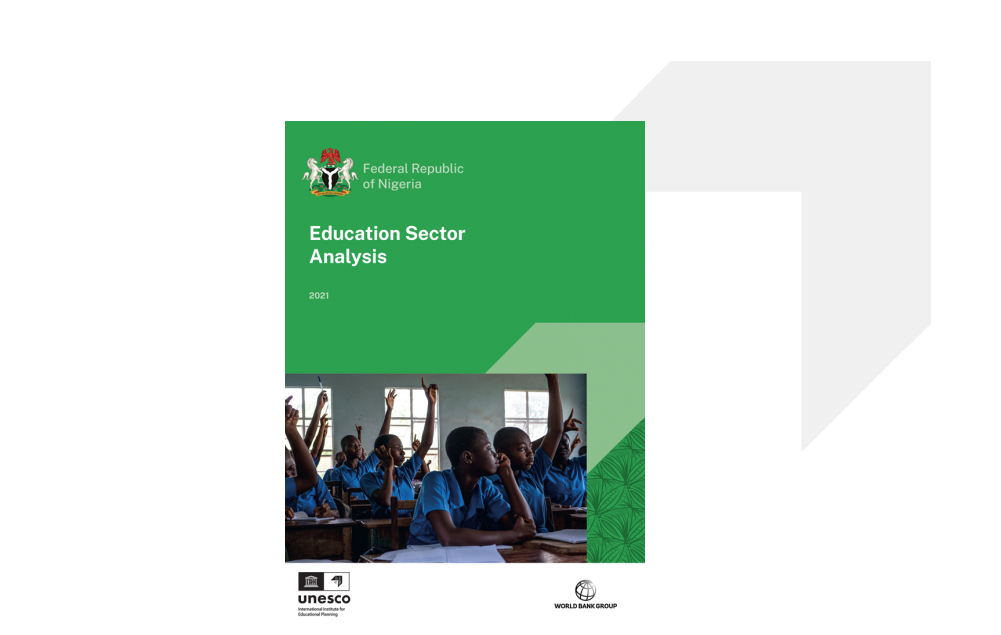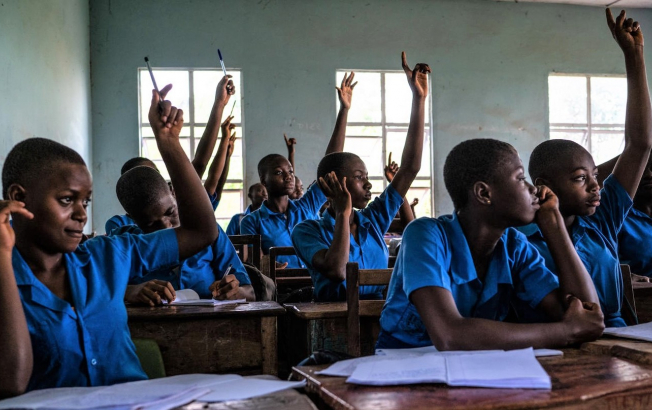Nigeria: Improving free quality basic education on a tight budget
With the national economy under pressure amidst a global health crisis, efforts to deliver quality learning are hampered by several factors in Nigeria including low public investment and high population growth according to the IIEP-UNESCO Nigeria Education Sector Analysis 2021.
Despite the federal government’s commitment to provide compulsory basic education to the children of Nigeria, economic and social factors combined with security issues in parts of the country, have reduced its ability to offer all young people the same quality of learning denting the impacts of the commitment.
Since the 2016 recession, recovery has been slow in Nigeria after domestic income plummeted by a cumulative 23% between 2011 and 2017. This, coupled with the country’s low tax pressure and the economic impact of the recent Covid-19 pandemic, has resulted in fewer resources available to fund public services.
Over the past three years, the federal government has spent just 1.4% of its gross domestic product on Education – well below the 4-6% recommended in UNESCO’s Education 2030 Framework for Action for the achievement of inclusive, equitable quality education and lifelong learning for all.
Resources stretched as population soars
Low public investment and Nigeria’s high population growth rate of 2.7% a year – faster than average for the continent – limits the country’s ability to deliver quality learning to all eligible children and youth. Currently, half of the country’s 200+ million population are of school-going age, all scrambling for the limited resources availed to the sector.
Over the past decade the school age population has increased by 23 million increasing pressure on the government to meet education resource needs, especially running costs for institutions, supply of teachers/instructors among other needs.
Households’ contribution to school fees is a barrier for some
Low public investment on education means that parents are often required to contribute to the cost of their children’s education, with the amount increasing the higher the level of education. Household expenditure on education goes towards school fees, uniforms, textbooks, teaching materials and necessities such as transport to school and meals. On average, family contributions account for more than half of household spending.
According to 2018 Nigeria Living Standards Survey, 46.4% of Nigerians are poor and 53% of families are living on less than US$1.90 a day. Education is low on the list of priorities for some households due to limited income to support even their basic needs.
As a result, even though primary education is meant to be free and compulsory approximately 10.5 million children aged between 5 and 14 years old are out of school. For at least 22% of this segment of the population, it is due to cost.
Even with household contributions included, total spending on education in Nigeria is comparatively lower than average regionally, or across the continent. This illustrates the dire need for increased public investment in education to provide quality learning.



